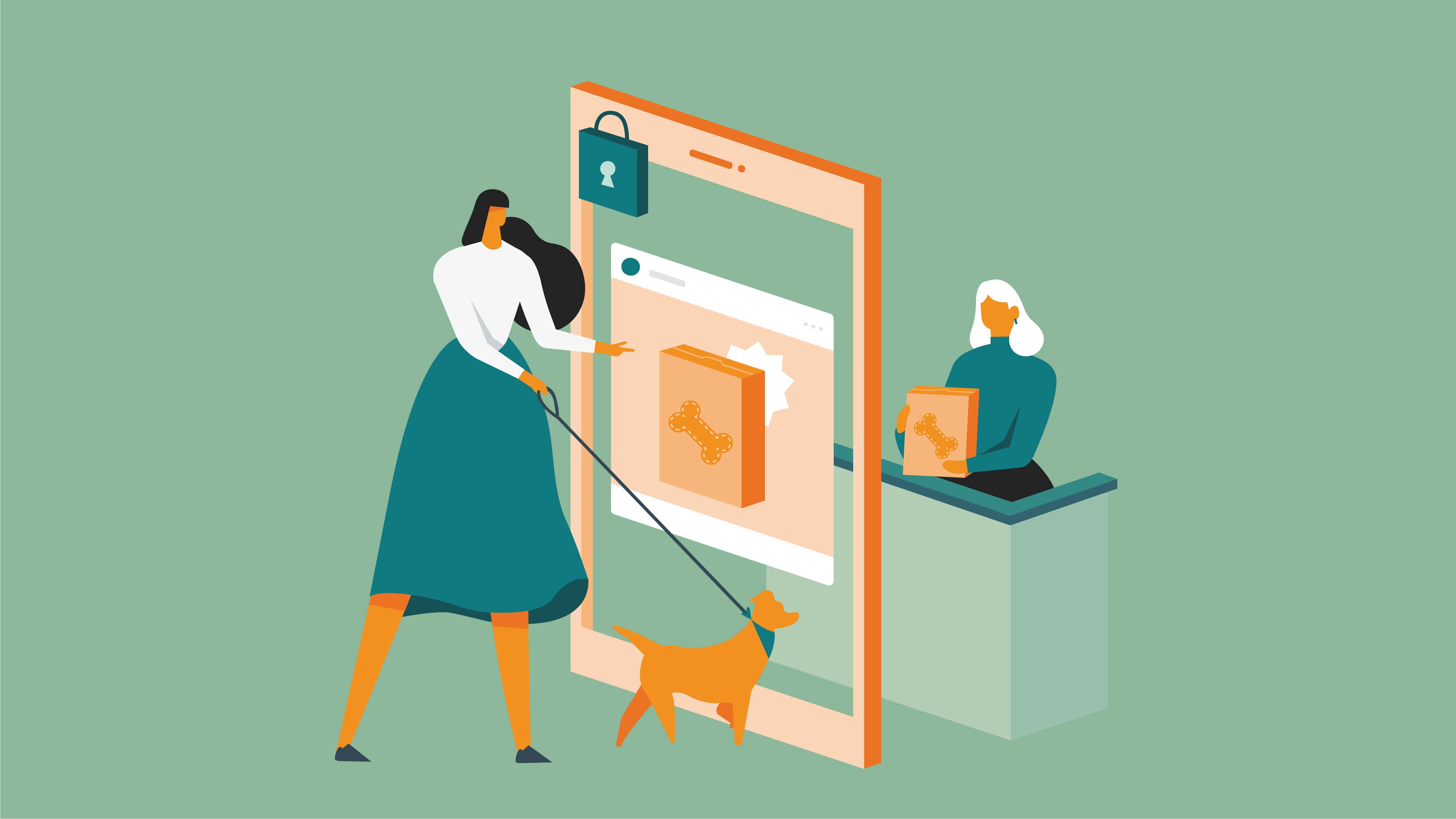When you take an action on Facebook, such as following a Page or liking a post, we use that information to personalize your experience, including the ads you see. Businesses can also choose to send us information about actions you take on their websites and apps, and we use that information to show you more relevant content. We call this personalization, and it’s how we try to show you content you care about, instead of things that don’t interest you.
Personalized advertising helps you discover new products and brands, and it enables businesses of all sizes, not just the ones with the biggest budgets, to reach people who are likely to be interested in what they offer. This helps enable small businesses to use their modest ad budgets most effectively to connect with customers and grow. Without personalized advertising, many new products and services would never get off the ground or would cost more, and you’d see ads that are less relevant, less timely and, therefore, interest you less.
We know there is growing interest in — and sometimes concern about — how online advertising affects your privacy. For example, Apple is now requiring all developers to submit new information about their data practices, including around advertising. We believe it is important to educate people about our data practices, but we are concerned that the format of Apple’s new labels ignores how data is used in context and could create confusion. These new requirements appear to reflect Apple’s belief that personalization and privacy are at odds. We disagree: personalization doesn’t have to come at the expense of privacy. We can do both, and we can do both well. We’ve built products that lead the industry in transparency and offer settings and controls to help people manage their privacy. Our products and data policies remain the best resources to understand our data practices.
Our approach is to be clear about how our apps work and give you control over your experience, so we’ve worked with policymakers, regulators, academics, civil society, businesses and other stakeholders over the years to build tools that show you how your information is used and let you manage it.
For example, you can tap Why Am I Seeing This? on any ad in News Feed to get more information and control what you see going forward. This will show you reasons why you’re seeing a certain ad, whether it’s based on interests that matched you with the ad or actions you took on the business’ website, and where possible, you’ll be able to see how that information was gathered. From there, you also have easy access to controls, like Ad Preferences, which lets you manage the ads you see, learn more about how ads work and hide ads from specific advertisers or topics.
We also offer Off-Facebook Activity, which lets you see a summary of the apps and websites that send Facebook information about your activity, and clear this information from your account if you want to. So if you recently bought a hiking backpack from a local outdoor gear supplier and are no longer looking for a new one, you can choose to remove the outdoor gear supplier from this list of businesses, and disconnect that information from your account. To build this tool, we conducted months of research with people and businesses to understand how to present this information in the most helpful way for people. We also added a new feature based on our research to give people greater control over the activity that apps and websites share with Facebook going forward.
And our controls aren’t just for ads. We also offer tools like Manage Activity, Privacy Checkup and ways to view and download your information, so you can easily customize your overall experience on Facebook based on what’s right for you.
We’ll continue to work with industry partners and invest in building new privacy technology because we believe that with the right controls, we can preserve the value that both people and businesses get out of personalized advertising, while respecting privacy and empowering people to control their information online.
